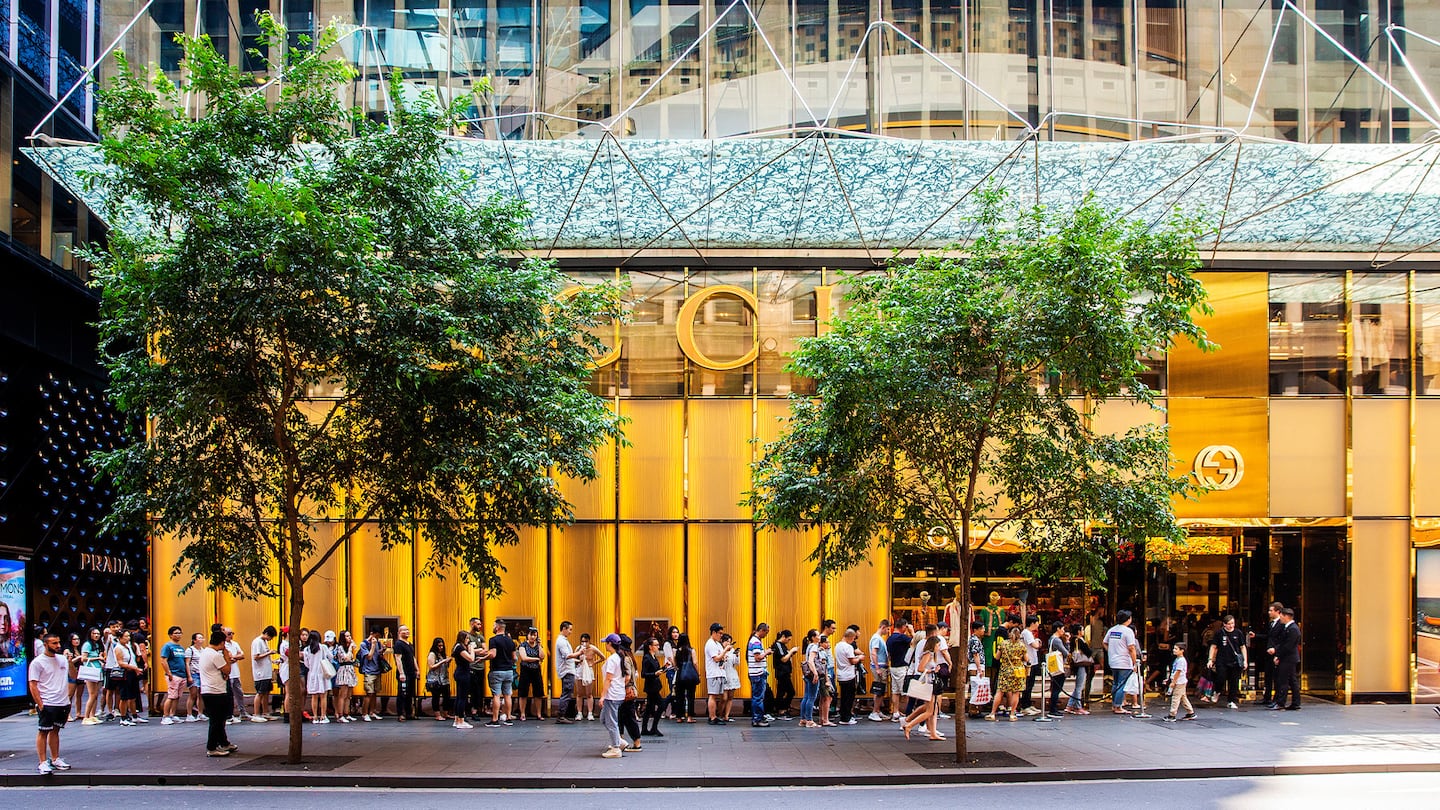
The Business of Fashion
Agenda-setting intelligence, analysis and advice for the global fashion community.

Agenda-setting intelligence, analysis and advice for the global fashion community.

By the end of the decade, global emissions need to roughly half to stave off the worst effects of climate change. The fashion industry’s are expected to rise by around 50 percent.
Even as fashion companies have proclaimed their commitment to address the industry’s environmental impact, many have tacitly acknowledged those efforts will not come at the expense of sales growth.
LVMH, Hermès and Kering’s plans to tackle the impact of the most polluting part of their businesses — their supply chains — have all been set relative to sales. That’s left room for luxury’s biggest players to grow emissions alongside their bottom lines and still hit their targets.
While measuring and reducing the impact of manufacturing and production that sits outside brands’ direct control remains a real challenge, intensity-based goals like these are falling out of fashion.
ADVERTISEMENT
This week, Gucci indicated that its current goal to increase revenue more than 50 percent to €15 billion ($15.2 billion) in the medium-term will need to be accompanied by an outright reduction in emissions to meet market expectations.
Many lower-end retailers have already progressed in this direction. In January, fast fashion giant H&M Group laid out an ambition to double sales and halve emissions by 2030.
But decoupling financial growth from environmental impact requires companies to grapple with a fundamental contradiction: we cannot consume our way out of the climate crisis; continuing to sell rising volumes of new products is incompatible with sustainability.
Gucci’s parent company, Kering, which ultimately sets the framework for the brand’s climate goals has acknowledged the issue. Chief executive François-Henri Pinault told The BoF Show last year that fashion is going to need to find a way to extract more value from fewer products to allow it to keep growing profits without the equivalent increase in production and impact.
While the luxury giant’s public commitments remain intensity based, it is showing some initial progress in this direction.
Last year, its growth diverged from impact for the first time: while sales rose 10 percent compared to pre-pandemic levels, the company’s footprint (measured using an environmental profit & loss, or EP&L account, a bespoke tool Kering developed to put a financial value on factors like like emissions, land use, waste and water pollution), fell by an equivalent amount.
The decline was driven by operational efficiencies and efforts to source recycled or lower-impact materials that helped offset the impact of higher sales, Kering said. The volume of material the company sourced was stable compared to 2019, despite top-line growth, it said.
Sustaining and building on this trend will require more radical action. Billions of dollars of investment are needed across the value chain to decarbonise manufacturing, scale innovations and transform raw material sourcing throughout the industry.
ADVERTISEMENT
The incremental gains visible at some of fashion’s most progressive companies currently rely on less existential changes. The inconsistent and often imprecise environmental accounting models the industry uses to measure its impact are also facing growing scrutiny as investors, consumers and regulators look to better understand how much is really changing.
Circular business models, like rental and resale, which many companies see as key to resolving the tension between growth and sustainability, have yet to prove their profitability or operate at scale within any conventional fashion business.
Luxury retailers who already command high prices, may be best positioned to eke more value from lower volumes, but the path to achieve that will be far from straightforward.
“The narrative we’ve told ourselves around win-win solutions has deceived everyone into thinking there are no trade-offs,” said Kenneth Pucker, a senior lecturer at the Tufts Fletcher School and an advisory director at Berkshire Partners. “There are huge trade offs.”
For more BoF sustainability coverage, sign up now for our new Weekly Sustainability Briefing by Sarah Kent.
Traces of cotton from Xinjiang were found in nearly a fifth of samples from American and global retailers, highlighting the challenges of complying with a US law aimed at blocking imports that could be linked to forced labour in China.
The fashion industry continues to advance voluntary and unlikely solutions to its plastic problem. Only higher prices will flip the script, writes Kenneth P. Pucker.
The outerwear company is set to start selling wetsuits made in part by harvesting materials from old ones.
Companies like Hermès, Kering and LVMH say they have spent millions to ensure they are sourcing crocodile and snakeskin leathers responsibly. But critics say incidents like the recent smuggling conviction of designer Nancy Gonzalez show loopholes persist despite tightening controls.